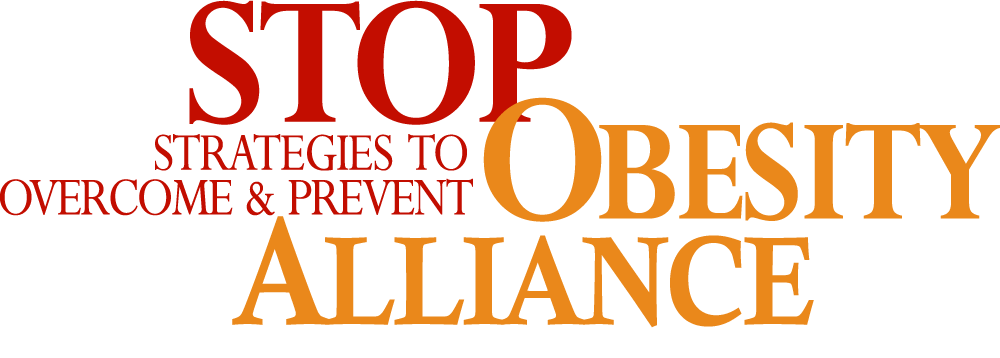With many schools returning to in-person instruction in August and September, the health of children has become a new contentious focus of the COVID-19 pandemic. Regulations around returning to in-person instruction vary across the country, but disparities in resources between school districts threaten to disadvantage children in low-income areas.
Schools have long made important contributions to children’s health, from providing meals to encouraging physical activity. As the pandemic continues to impact the shape of our educational institutions, it is important to identify ways to prevent an increase in obesity among children and adolescents. Schools that return to in-person instruction will face challenges maintaining physical distancing and providing a safe learning environment for children. Even when school systems remain virtual, socioeconomic disparities will play a role in which children get an adequate education.
In addition to educational disadvantages, many low-income students are at risk of food insecurity. School nutrition programs are struggling to continue providing students with free school meals. Furthermore expansions of the Supplemental Nutrition Assistance Program (SNAP) have not benefited families with the greatest need. An increasing number of children are facing food insecurity with rates that may rise to one in four children if poverty and unemployment continue to rise as expected. Children who experience food insecurity are more likely to experience poor health, lower academic achievement, and behavioral problems. Household food insecurity has also been associated with higher BMI in school children, suggesting a link between food insecurity and obesity. Children may also be at risk of obesity if their family is forced to rely on ultra-processed foods or if they lack opportunities for physical activity. Conversely, severe food insecurity raises the specter of undernutrition in our most vulnerable pediatric populations.
Before COVID-19, students had the opportunity to participate in school sports, which have been associated with lower BMIs in adolescents. Now, many schools are delaying the start of sports seasons until later in the fall or pushing them to the spring. Although the Centers for Disease Control and Prevention (CDC) still recommends that children get an hour of physical activity each day, many families are finding that difficult because of the closure or lack of access to parks and recreation centers.
Physical activity and adequate nutrition are essential for healthy childhood and adolescent development. Although students headed back to school this fall are at risk of COVID-19 illness, they are also at risk of food insecurity, childhood obesity, and potentially undernutrition. Thoughtful policy-making and research on pediatric populations will be needed to assess and address the effects of the COVID-19 pandemic on the nutritional status of our children and adolescents.


